| Places | |
|---|---|
| Accession Number | REL/12324 |
| Collection type | Technology |
| Object type | Artillery |
| Physical description | Alloy |
| Place made | Germany |
| Date made | 1944 |
| Conflict |
Second World War, 1939-1945 |
V2 Rocket and Meillerwagen (Germany)











































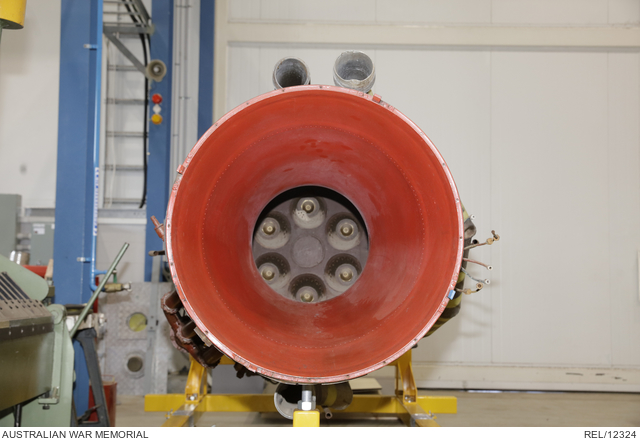












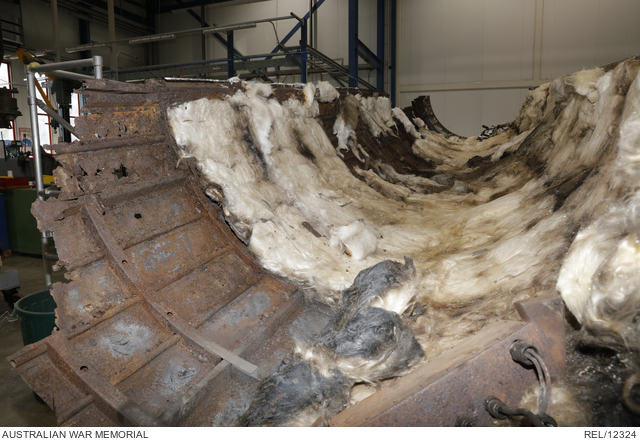














































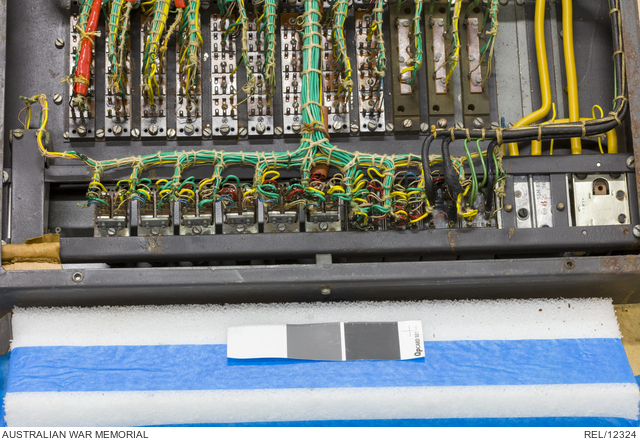











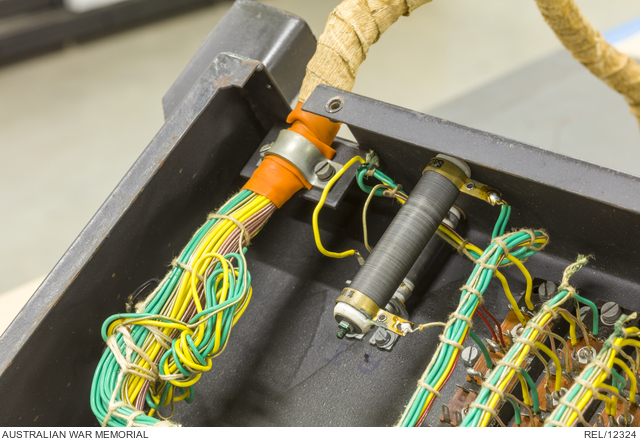










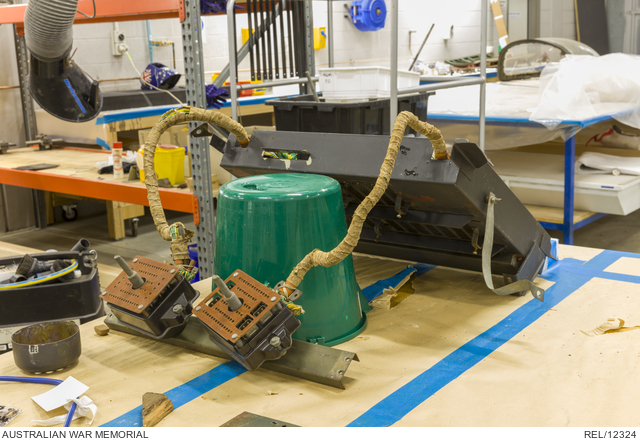









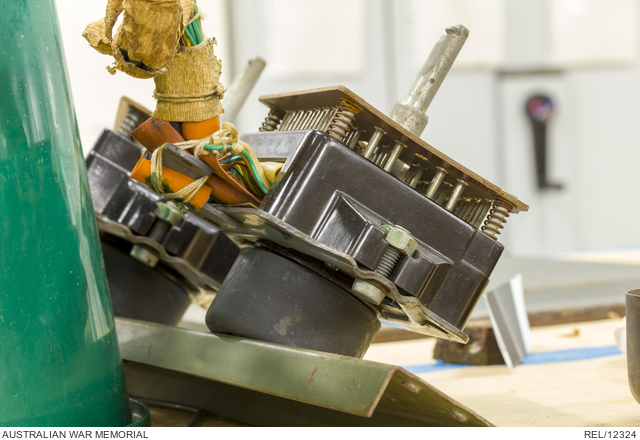








































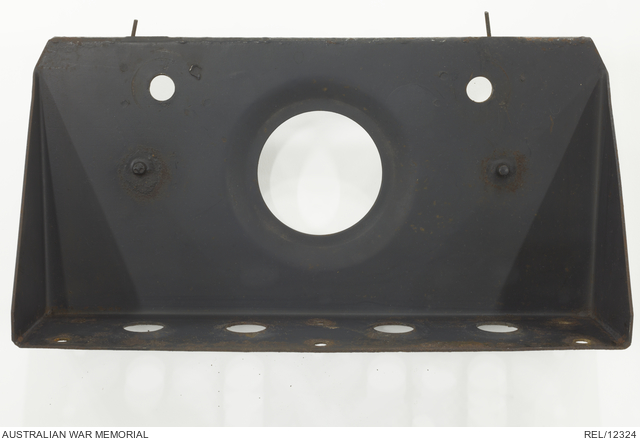






















































































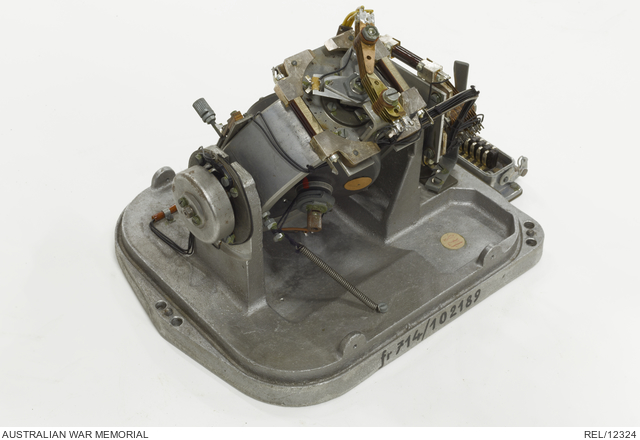












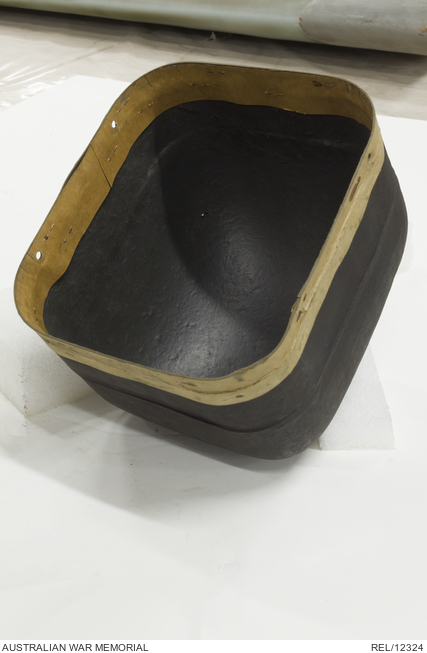
















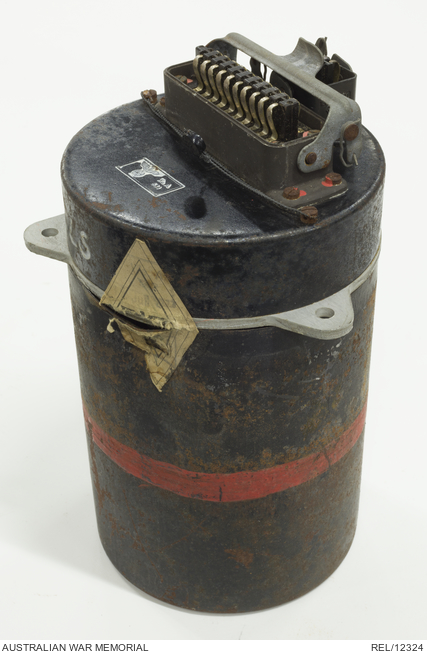


German V2 rocket on a Meillerwagen launching trailer.
The rocket is a composite assembly of two rockets. The tail, engine, and control compartment are from one rocket, and the middle section is a 2022 re-build using most of the framing from a second rocket, with replica outer skin applied. The removed middle section of REL/12324 has been preserved separately.
The composite rocket is painted in dark olive green overall. The removed middle section is painted in a 1950s black and white scheme.
The trailer is complete, and one of only three such examples currently in existence. It has post war tyres fitted.
The V2 was the first operational long range surface to surface missile to be deployed operationally and pioneered ballistic missile technology. Usually known as the A-4 by the Germany Army, the rocket was conceived in 1936 as a design study for a rocket to supplant heavy artillery. The A-4 was one of a series of liquid fuelled rockets developed by Werner von Braun and Walter Dornberger, firstly at the Artillery Research Station at Kummersdorf West and later at the Peenemunde Research Establishment.
The first successful prototype launch was carried out in 1938 but it was not until early 1944 that the first production examples were ready for operational deployment. Attacks against England began in September 1944. The accuracy of the V2 was such that rockets fired at London with a mean range of 240 kilometres could be expected to fall anywhere within a rectangle measuring 25 kilometres long by 20 kilometres wide. The warhead was filled with Amatol, a rather weak explosive by contemporary standards, but which was chosen simply because the warhead underwent considerable heating in descent through the atmosphere, and any more sensitive filling would have given premature explosions. Guidance was provided by two gyroscopes which were pre-set prior to launch, using programmed controls, and then shutting off the motor at some calculated point to allow the rocket to reach the target on a ballistic trajectory.
Operational V-2 rockets were provided with their own six wheel, reusable transport erection trailer which enabled the rocket to be transported to any location before launch, and made detection of missile sites very difficult. In all, about 10,000 rockets were produced, of which 1,115 were fired against England, 1,341 against Antwerp, 65 against Brussels, 98 against Liege, 15 against Paris, 5 into Luxembourg and 11 against the Remagen bridge.
The Memorial V2 comes complete with Meillerwagen trailer but has extensive handling damage. A considerable amount of ancillary launch equipment was disposed of in the late 1950's early 1960's. This weapon was stored for many years at the Weapons Research Establishment in South Australia and transferred to the Memorial in 1958.
Related information
Conflicts
Places
Subjects
Related Objects
- Sydney, NSW. 1957-09. An RAAF road convoy, transporting examples of enemy and allied rockets, ...
- Hornsby, NSW. 1957-09. A convoy of RAAF trucks, transporting examples of enemy and allied ...
- Sydney, NSW. 1957-09. A convoy of RAAF trucks, transporting examples of enemy and allied rockets, ...
- Sydney, NSW. 1957-09. A convoy of RAAF trucks, transporting examples of enemy and allied rockets ...